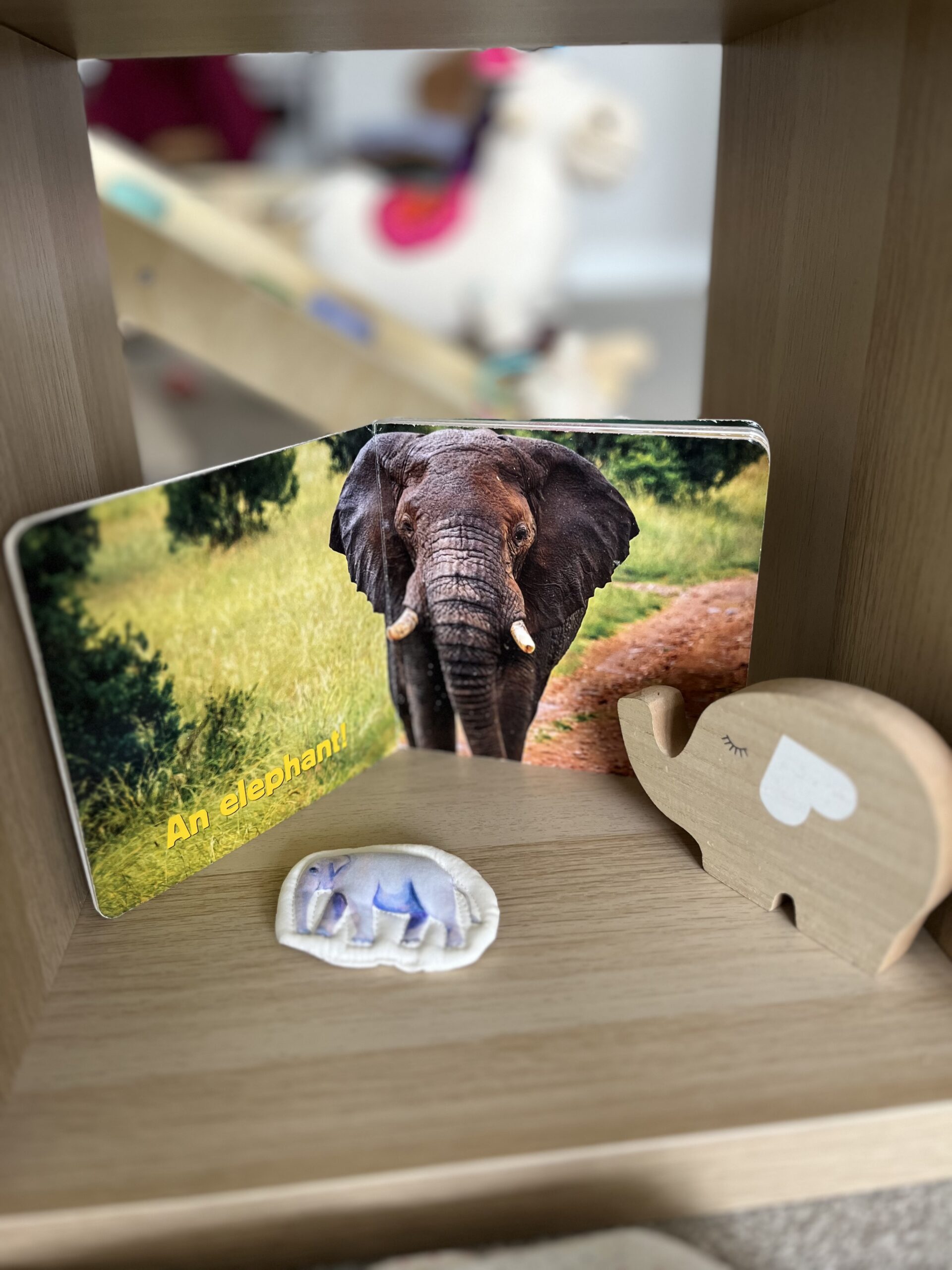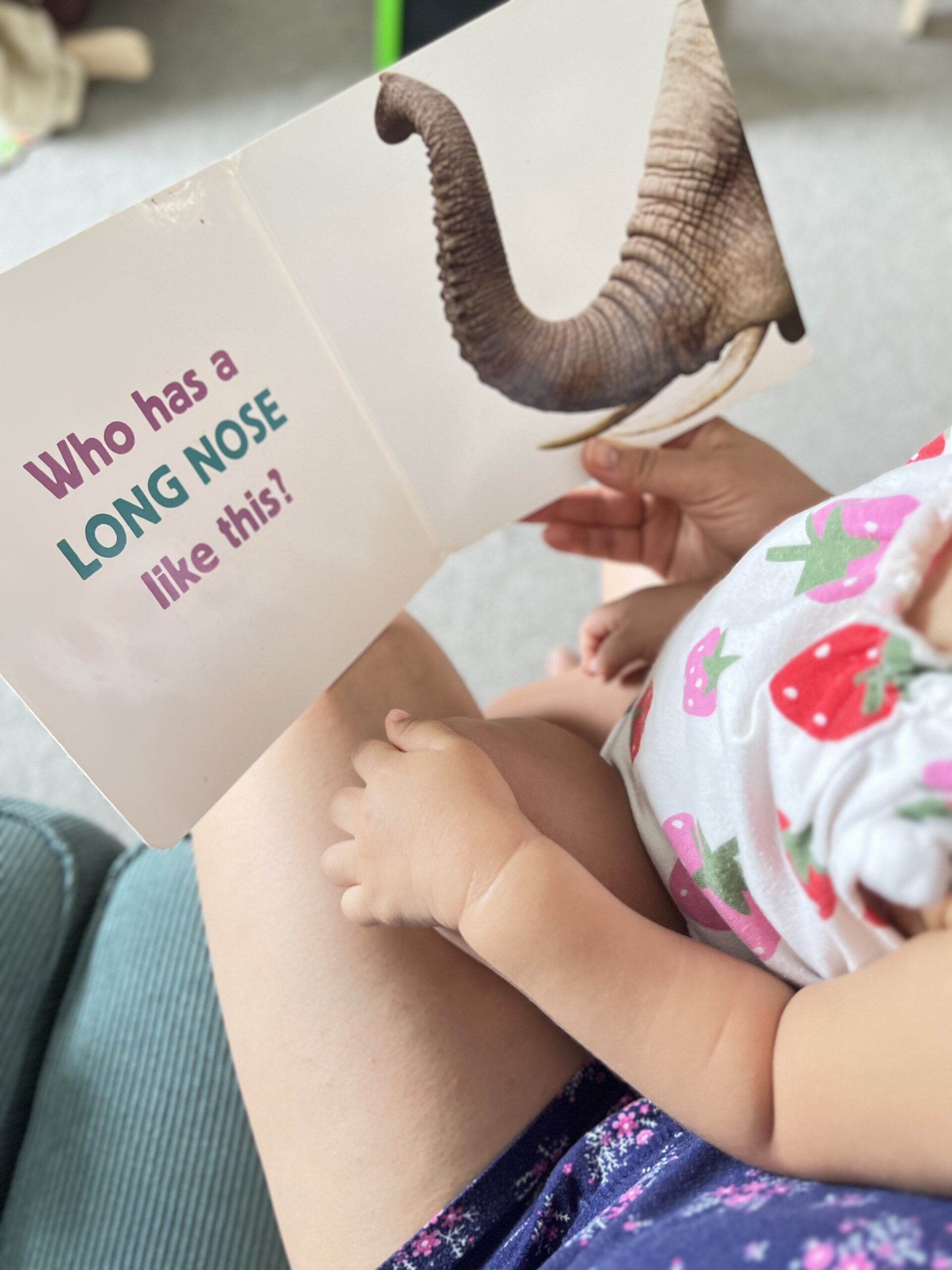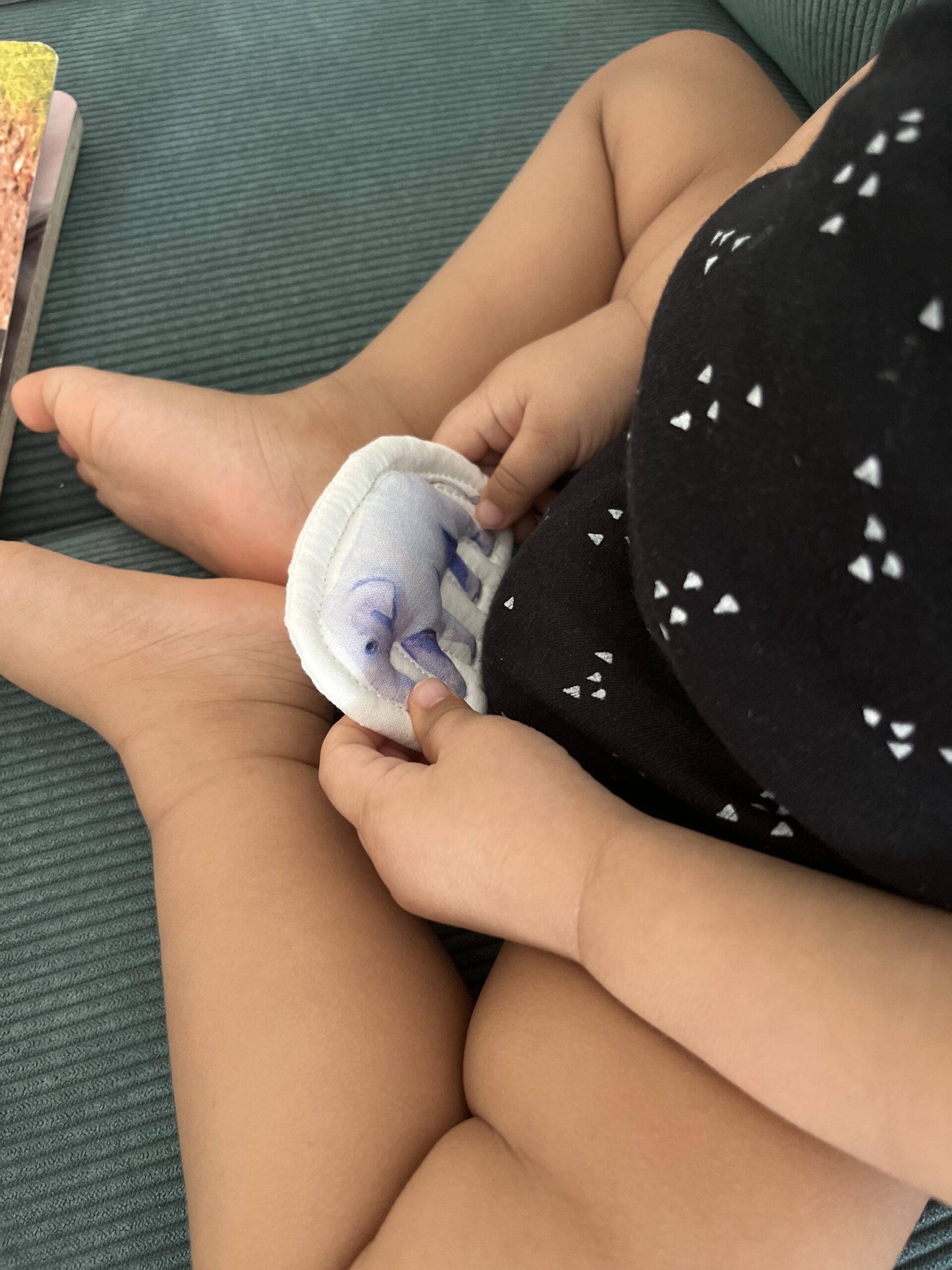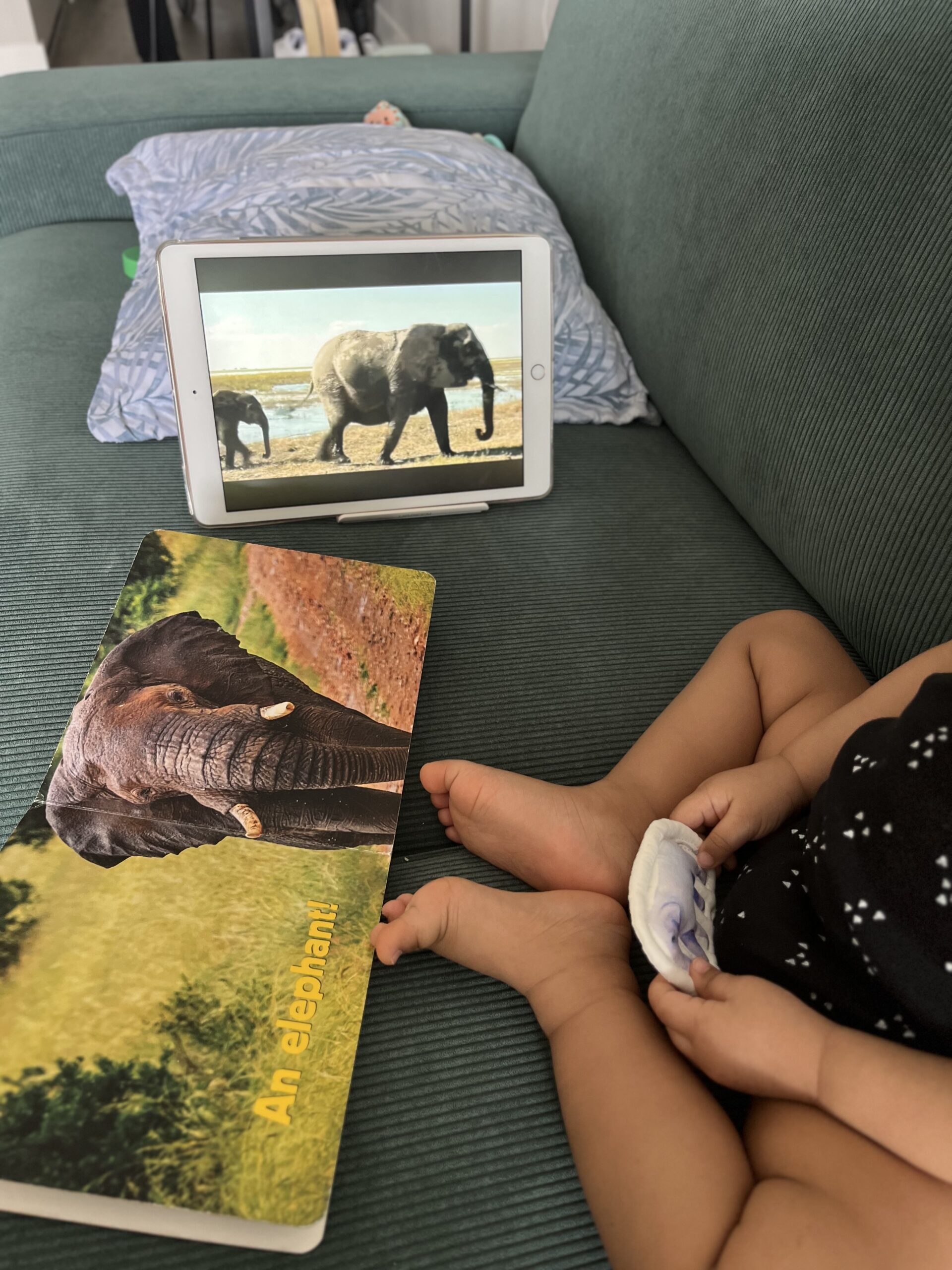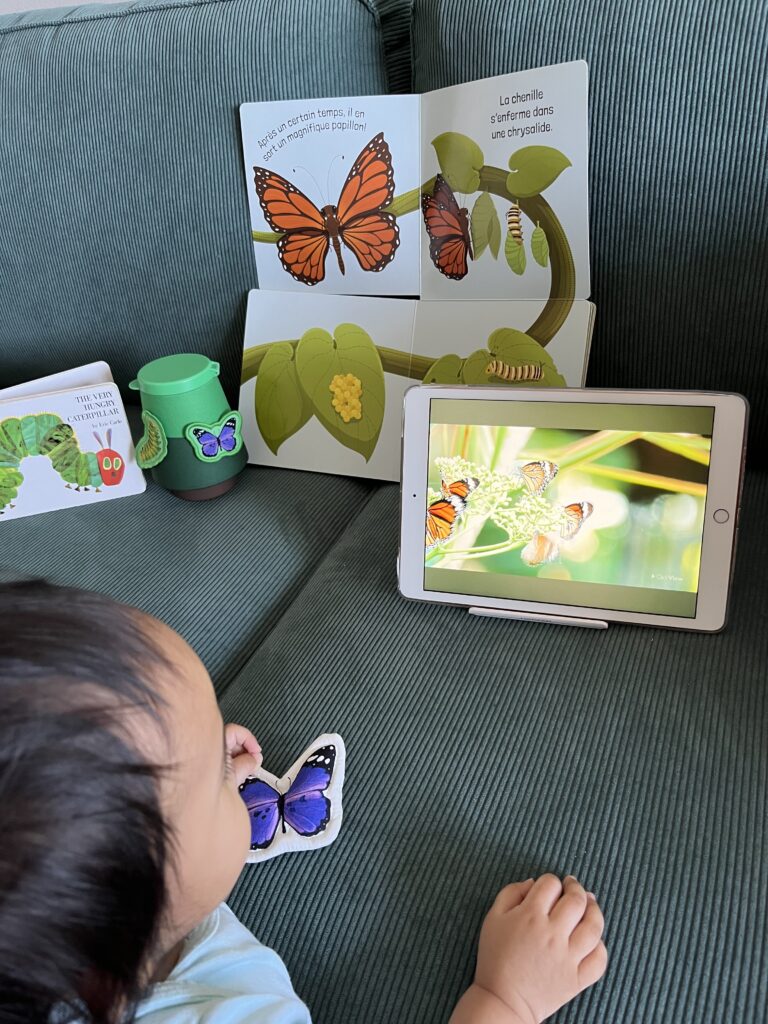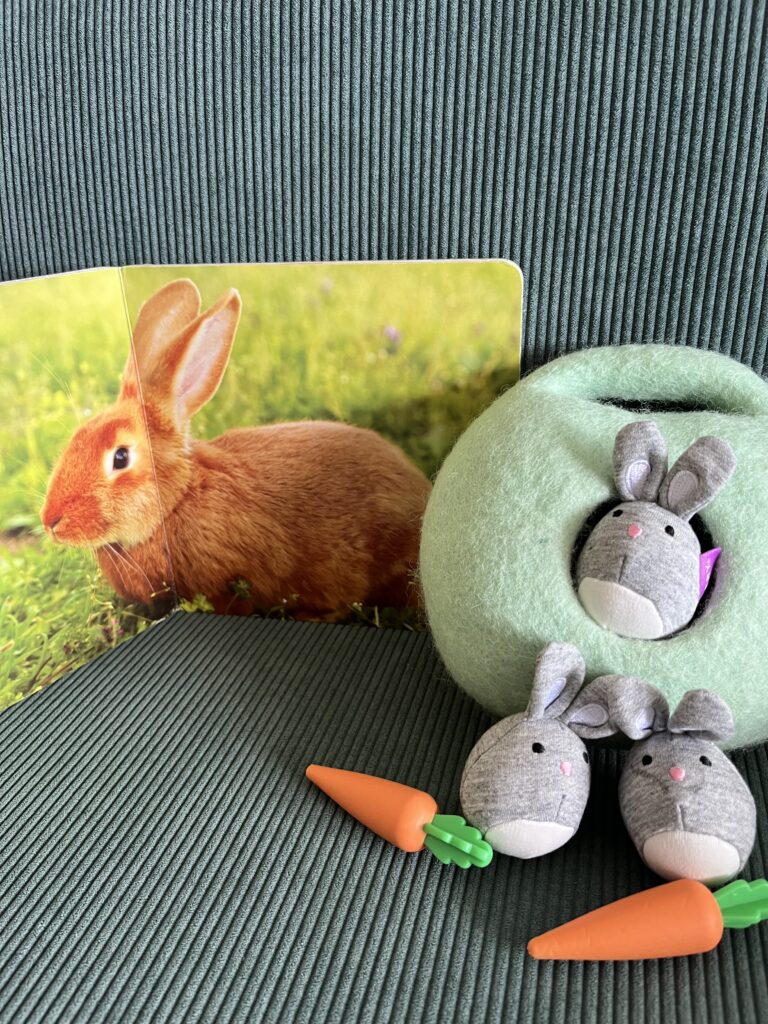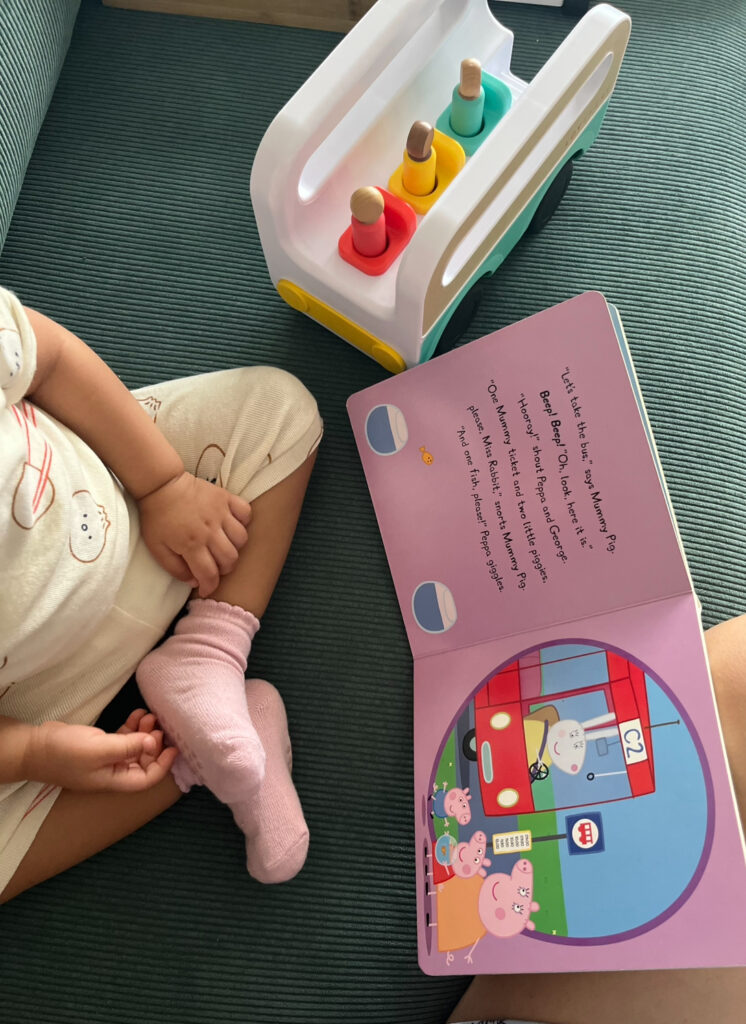Big ears, long trunks, and gentle stomps… elephants are fun and fascinating for little ones. This play plan brings them to life through songs, stories, and a look at the real animals in action.
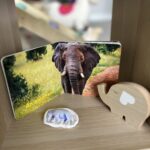


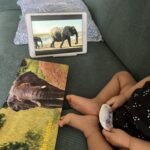
Big ears, long trunk, and a mighty stomp… meet our tiny explorer’s new gentle giant friend!
About This Play Plan:
Introduce your toddler to the fascinating world of elephants through songs, stories, and real-life visuals. With their large size, gentle movements, and unique features, elephants naturally capture a toddler’s curiosity.
This play plan encourages early language development and animal awareness by connecting toys, music, books, and real animal footage to reinforce understanding and wonder, all in a simple, playful way.
For older kids, this is also a great chance to nurture empathy for animals. You can explain that elephants are incredibly smart and social, and they deserve to be treated with kindness. Instead of elephant rides or poorly managed zoos, look for ethical sanctuaries or documentaries that show how these gentle giants live in the wild or are cared for in safe environments. It’s a simple way to teach compassion while learning about the natural world.
How to Use This Plan:
- Gather Your Materials: Check the list below for everything you’ll need.
- Follow the 5E Tabs: Each tab provides step-by-step guidance, creative ideas, and reflection prompts to make the experience more meaningful.
- Let Your Child Lead: Observe how your child interacts with the materials and adjust based on their interests and developmental stage.
Spark your child’s curiosity:
Start by reading a toddler-friendly book that features real-life photos or simple illustrations of elephants.
Point to the elephant and say, “This is an elephant. It’s big!”
Use gestures like stretching your arms wide to show its size.
Encourage hands-on exploration:
Sing an elephant song together.
You can try The Elephant Song by Barney (We also included the French nursery rhyme Un éléphant qui se balançait).
Add actions like swaying or stomping like an elephant. Encourage your toddler to join in by moving their arms like a trunk.
Provide simple, age-appropriate explanations:
Introduce an elephant toy, like the quilted elephant from the Lovevery Realist Play Kit.
Say things like, “The elephant has big ears and a long trunk.”
Gently guide your toddler’s hand to touch or point to these parts while repeating the word “elephant.”
Expand on the activity:
Watch a short, toddler-friendly video showing real elephants walking, eating, or playing in the water.
Talk through what you see: “The elephant is splashing!” or “Look how it uses its trunk!”
Reflect on how your child responded to the play:
- Did your toddler imitate elephant movements or sounds?
- Did they point to or hold the elephant toy when prompted?
- Did they repeat the word “elephant” or make sounds like a trumpet?
- Did they stay engaged with the song or video?
Don’t worry if all your toddler does is quietly observe. This activity is about early exposure—introducing them to the concept of a real elephant and helping them appreciate these incredible animals in a gentle, age-appropriate way.
Materials List:
- Nursery rhymes on elephants, such as Barney’s The Elephant Song
- A picture of a real elephant, such as from a toddler-friendly board book
- A toy elephant, such as the elephant from Lovevery’s Quilted Critter Pockets (from The Realist Play Kit)
- Toddler-friendly videos of real elephants, such as this one and this one
Tips for the Grown-Ups:
Follow the Child’s Lead:
Observe how your child interacts with the playthings. Let them guide the session by following their interests. If they show a preference for exploring textures, sounds, or colors, embrace it. Be a silent observer, ready to expand their learning with gentle, supportive language.
Create a Calm, Inviting Space:
Set up a clutter-free area that encourages focused exploration. Use natural light and simple setups to inspire curiosity. If the weather permits, take the play outside for a richer sensory experience, connecting with the natural world.
Encourage Open-Ended Play:
Embrace imaginative twists and unexpected uses for the toys. If the activity takes a surprising turn, celebrate this as a sign of growing cognitive flexibility and problem-solving.
Our Own Play Experience
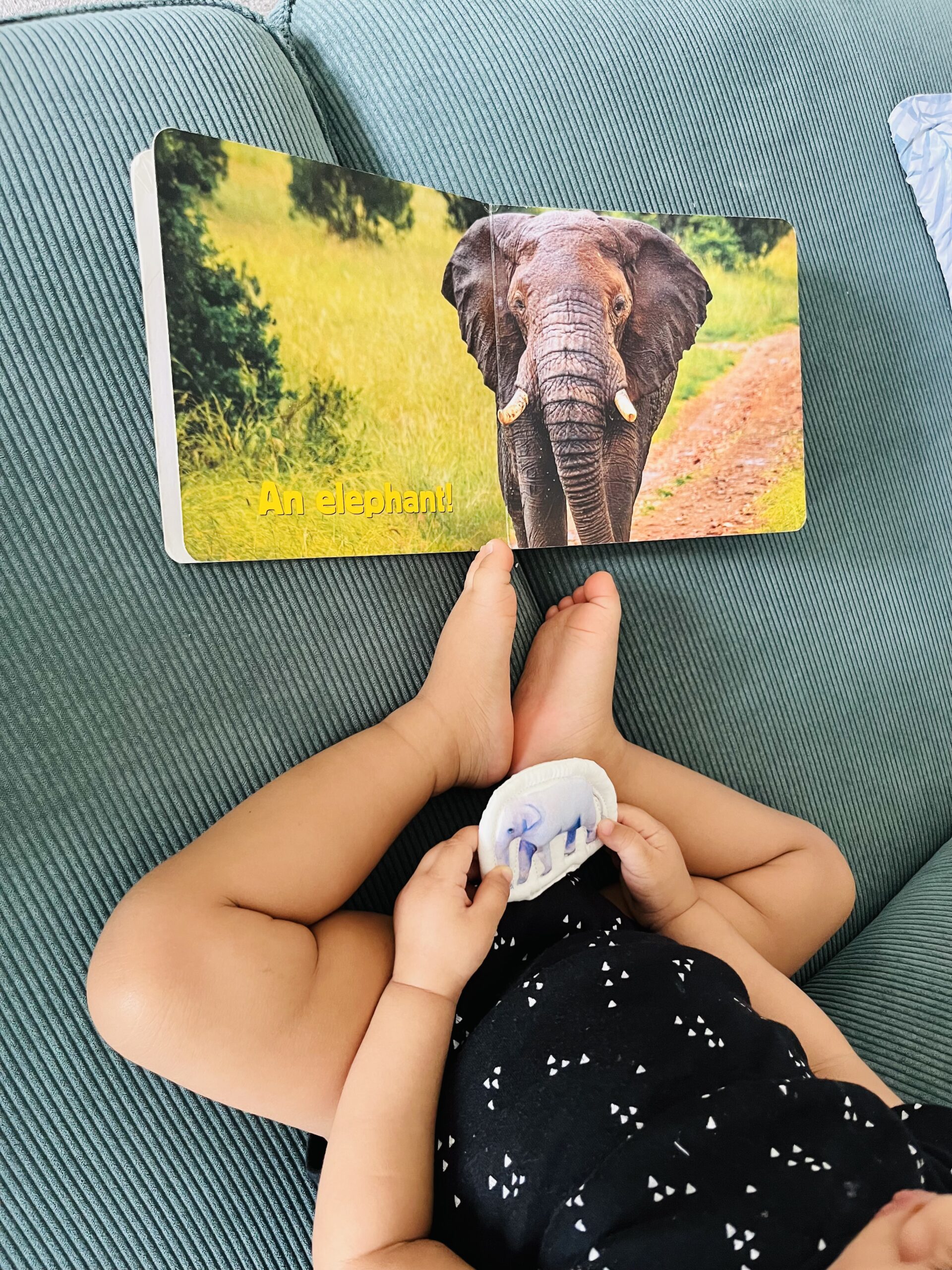
As new immigrants to Canada, I’ve been intentional about exposing our daughter to French.
From the time she was a baby, we played her French nursery rhymes, and Un éléphant qui se balançait has always been the first song on the playlist.
Since the French and English words for elephant are nearly identical, it felt like a natural first animal to talk about during this play plan at 15 months old.
The elephant quilted critter from Lovevery wasn’t a favorite at first; she gravitated more toward the butterfly as well as brighter animals like the fish and bird.
But something shifted after this play experience. She enjoyed The Elephant Song by Barney, but it was the real-life elephant videos on YouTube that really captured her attention. Since then, she’s picked up the elephant critter more often during play, now clearly recognizing it as something meaningful.
One of my dreams is for us to visit an elephant sanctuary in Thailand as a family someday. I hope this early exposure lays the foundation for a deeper love and appreciation for these incredible animals.
Please Note: I am a proud Lovevery subscriber and fan, and many of the play plans shared here feature Lovevery playthings. However, this site is not affiliated with or endorsed by Lovevery. All ideas and recommendations are my own, based on my experiences as a mom who values meaningful, play-based learning.
Share this play plan:

